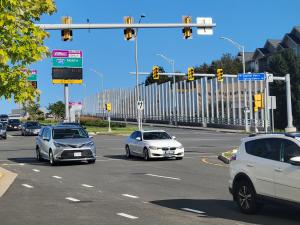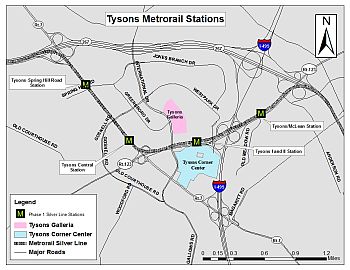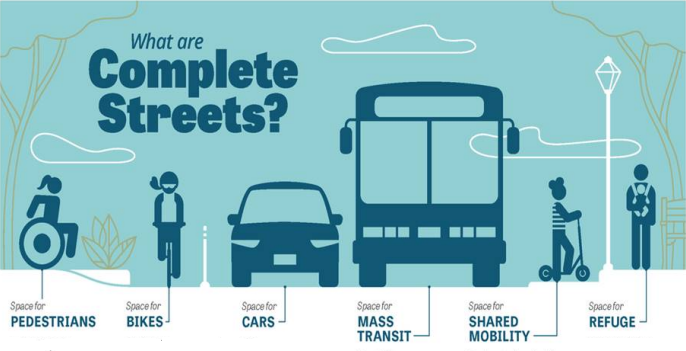
Today, the vast majority of people traveling to, from, around and through Tysons do so using private automobiles. However the projected growth of Tysons as a residential and employment center means we have to accept the urban center that Tysons has become – and plan for a transportation network that will get people to work, home, school, shopping, errands, entertainment and more.
As we watch Tysons grow up (literally), we must acknowledge and accept that moving residents and commuters solely in cars will be impossible. There simply isn’t enough space and roads to accommodate the surging population. We must commit to other forms of transportation to keep people moving: transit, ridesharing, and active transportation options like bicycles, scooters and walking must be part of the mix.
Using the Fairfax County Comprehensive Plan as a guide, we will help Tysons shed its automobile past and become the future of urban living in Fairfax County, offering safe and accessible transportation that balances the needs of transit users, bicyclists, pedestrians and drivers.


 In 2014, four Metrorail Silver Line Stations opened in Tysons. These rail stations carry the majority of transit trips to, from and through Tysons. In late 2022, the Silver Line Phase II will be complete. Six new stations will operate beyond Tysons; Reston Town Center, Herndon, Innovation Center, Dulles Airport, Loudoun Gateway, Ashburn. More detailed information can be found at the
In 2014, four Metrorail Silver Line Stations opened in Tysons. These rail stations carry the majority of transit trips to, from and through Tysons. In late 2022, the Silver Line Phase II will be complete. Six new stations will operate beyond Tysons; Reston Town Center, Herndon, Innovation Center, Dulles Airport, Loudoun Gateway, Ashburn. More detailed information can be found at the 
.png)
